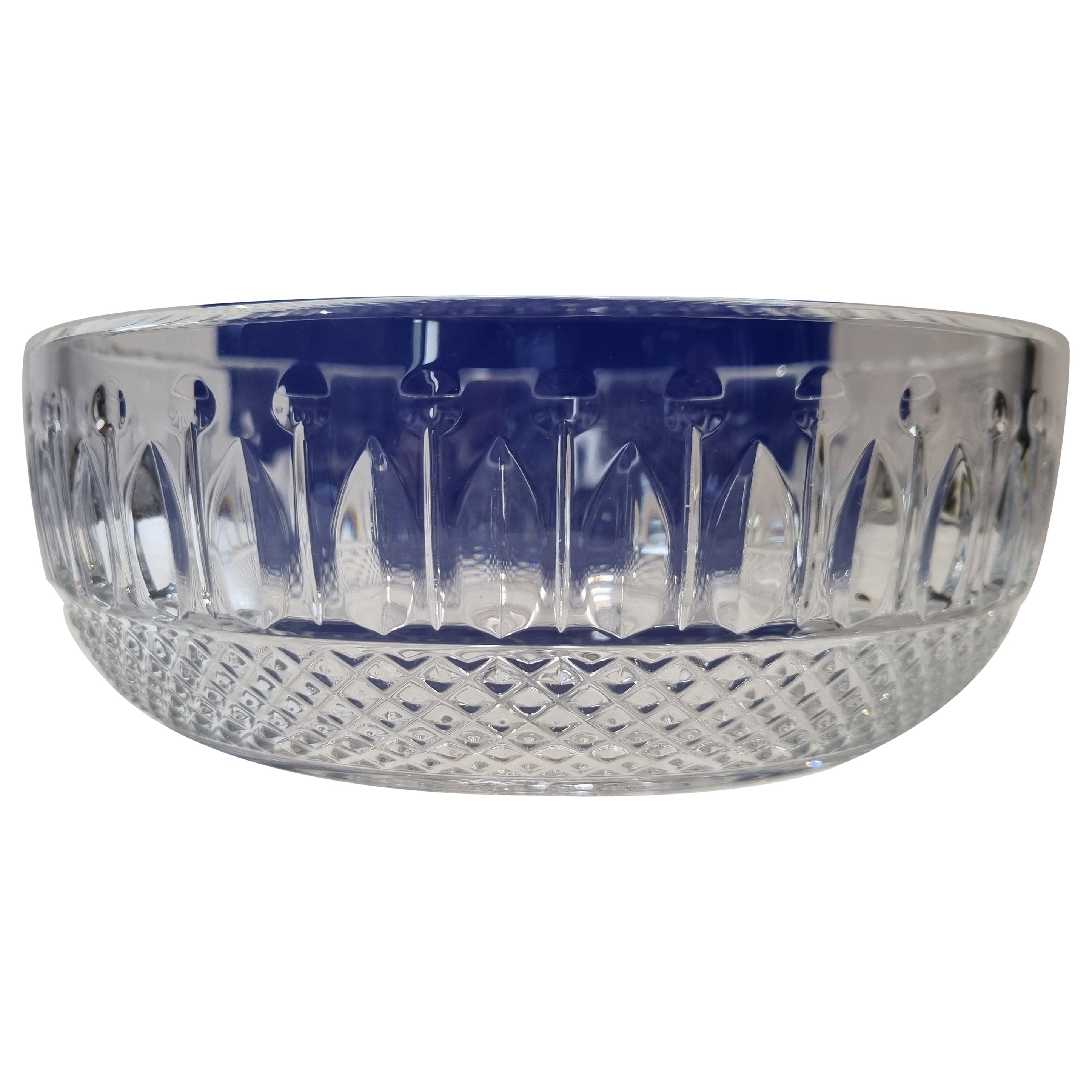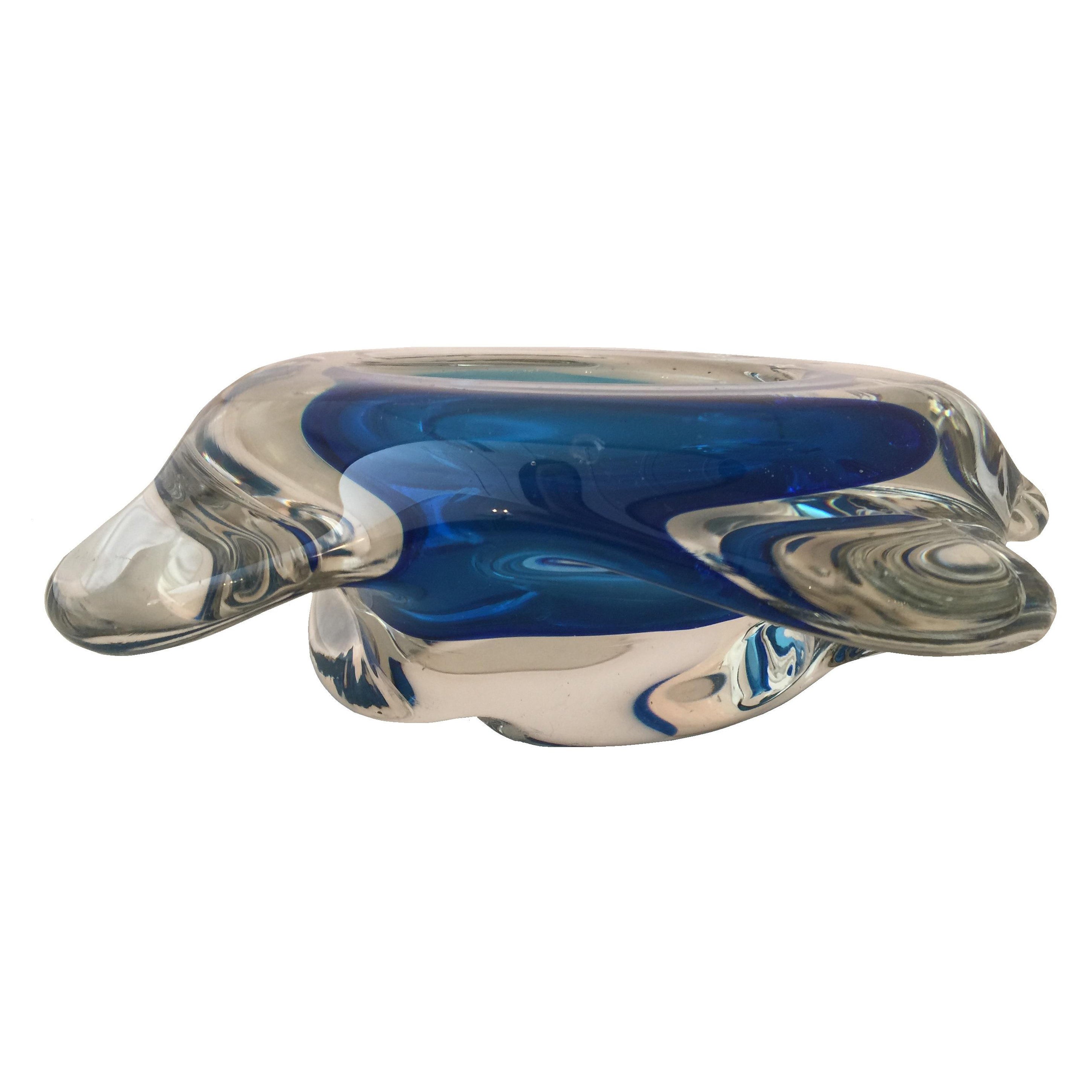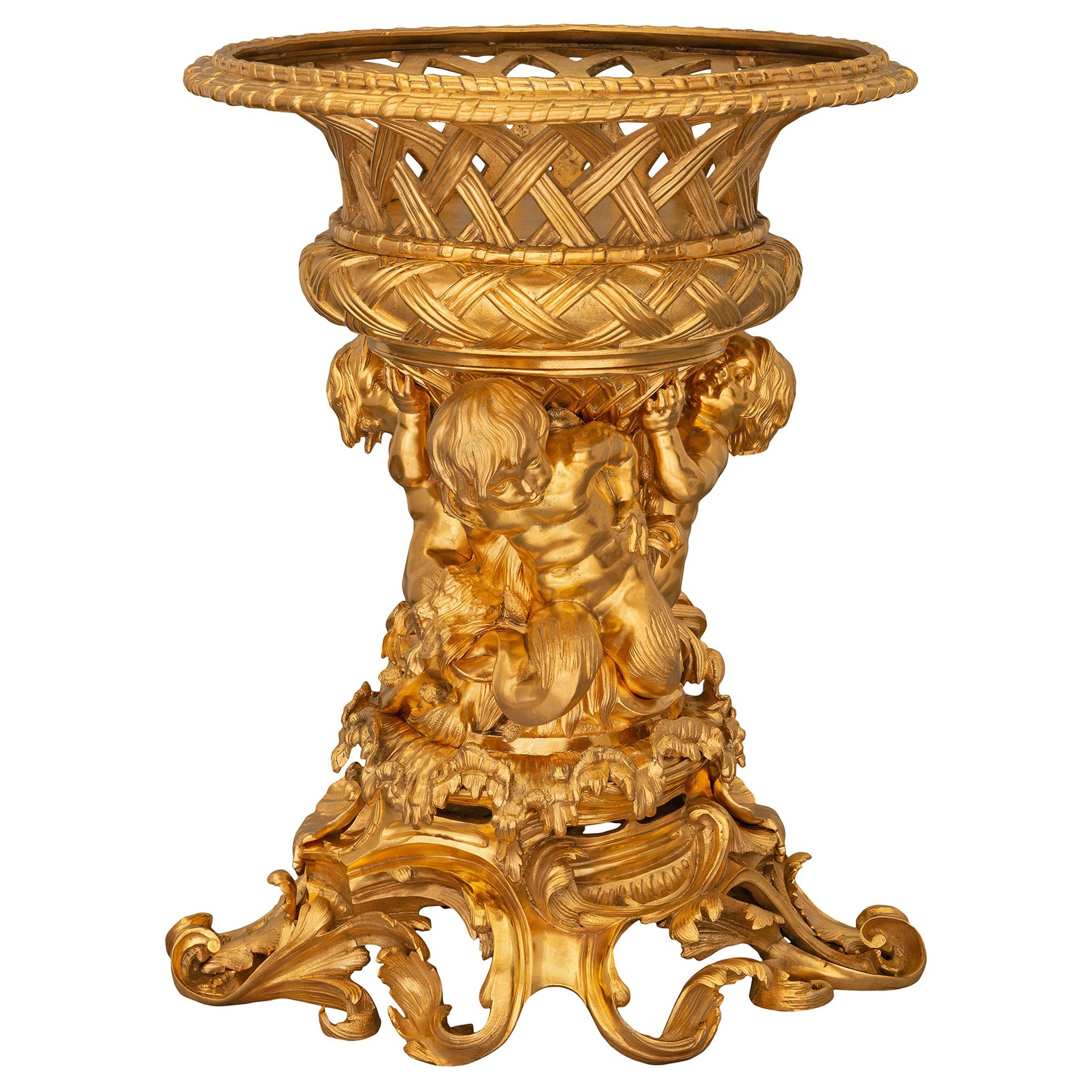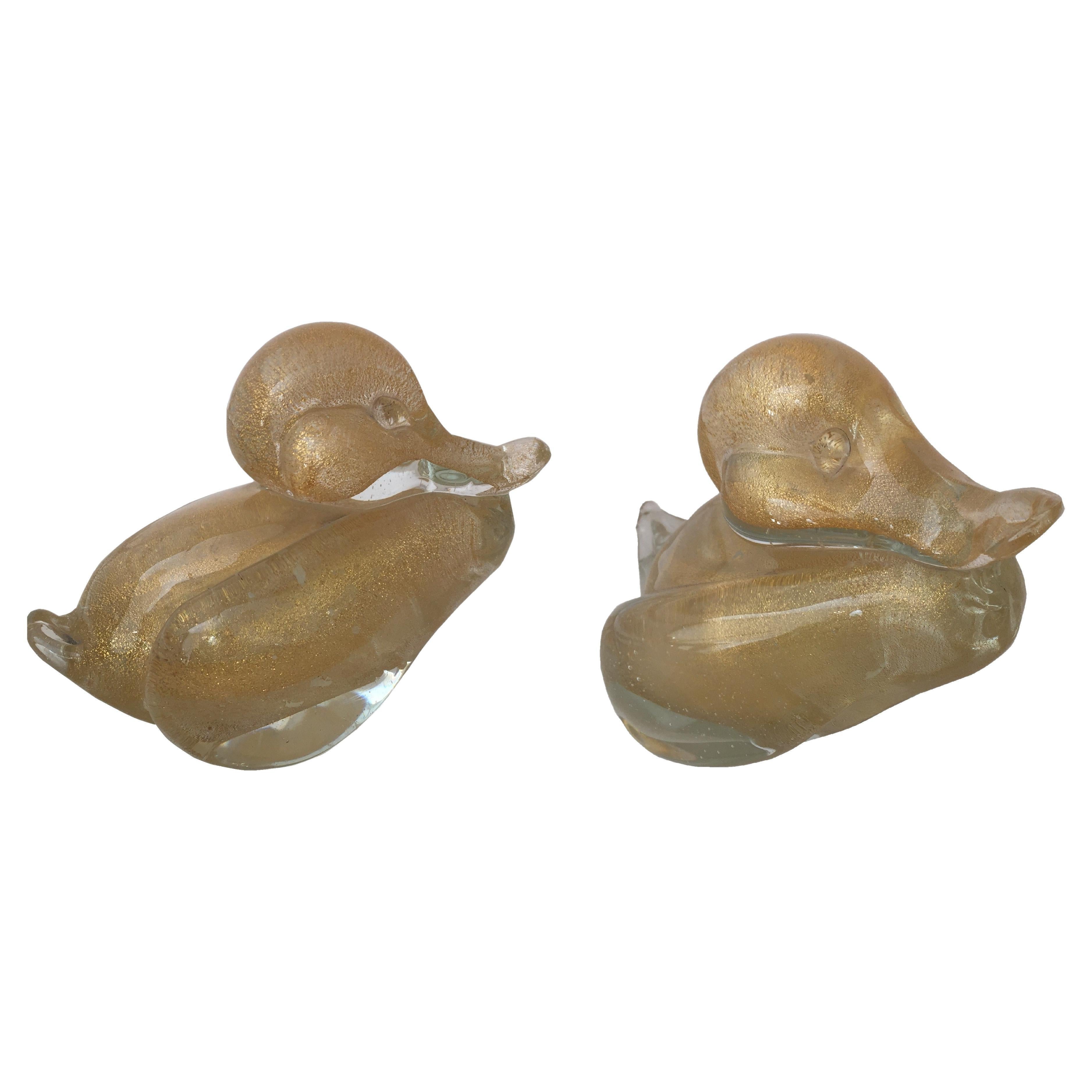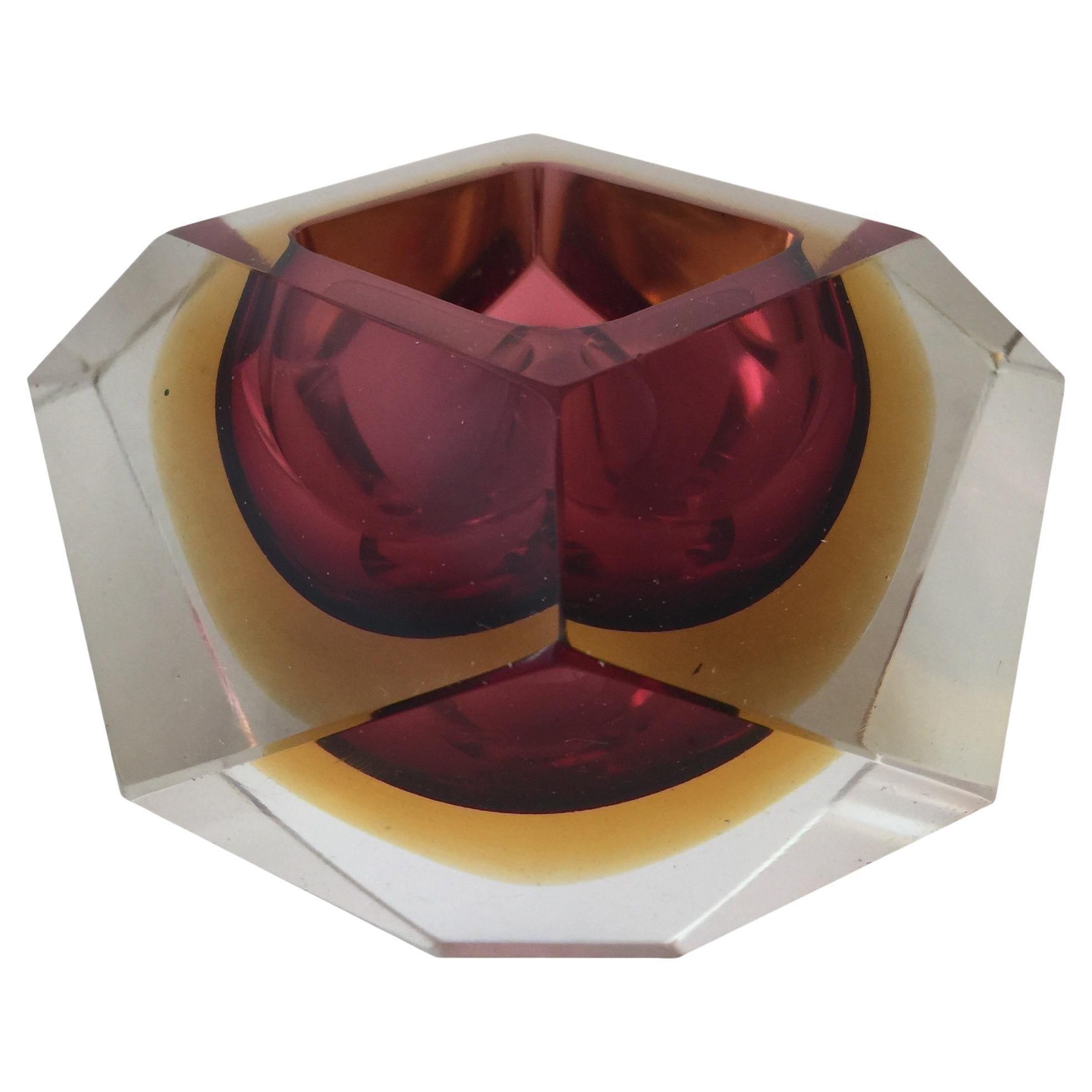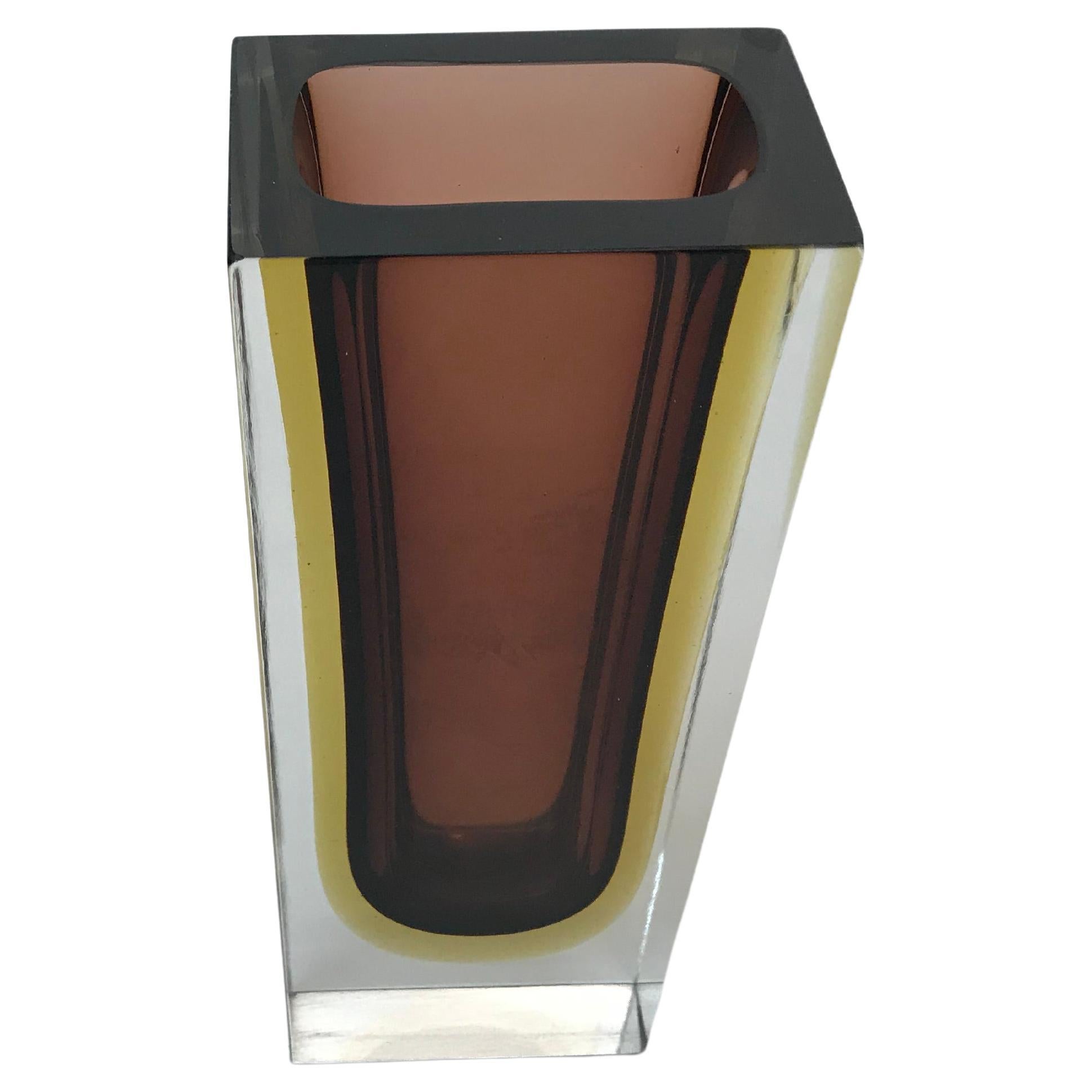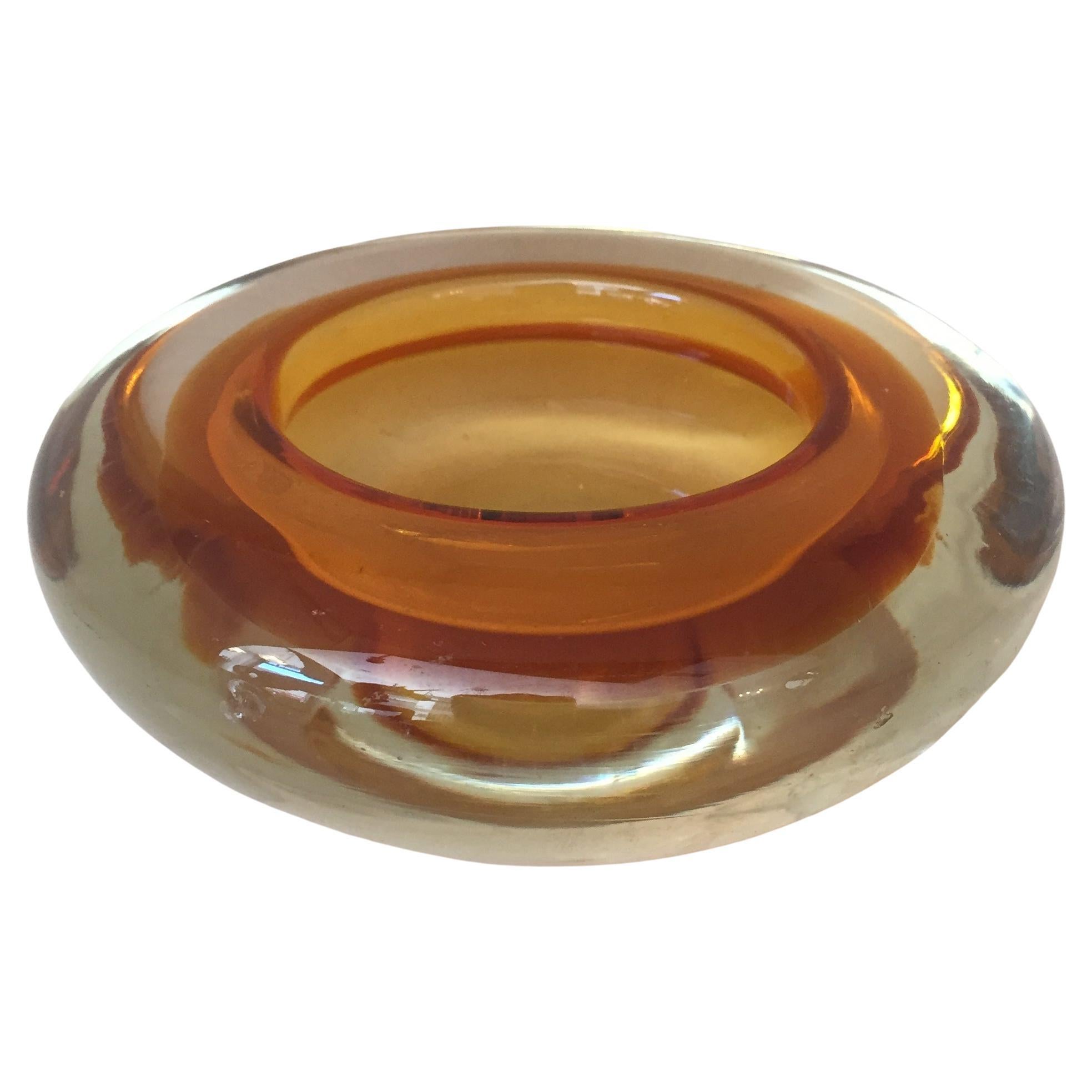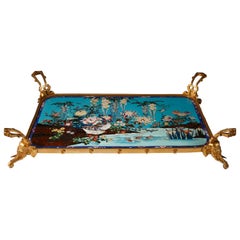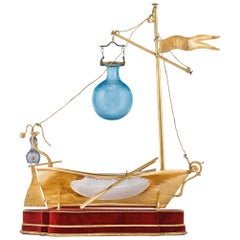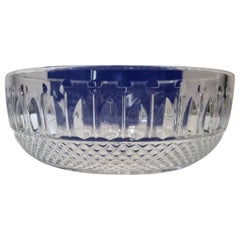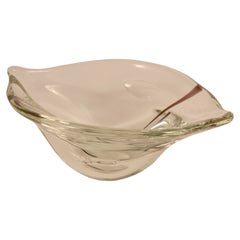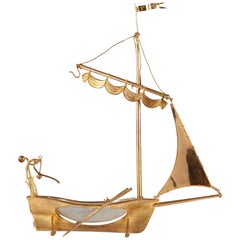
Rare Ship "Le Saint Louis" Attributed to the Cristallerie Saint-Louis
View Similar Items
Want more images or videos?
Request additional images or videos from the seller
1 of 8
Rare Ship "Le Saint Louis" Attributed to the Cristallerie Saint-Louis
About the Item
- Attributed to:Saint Louis (Manufacturer)
- Dimensions:Height: 21.66 in (55 cm)Width: 17.72 in (45 cm)Length: 21.66 in (55 cm)
- Materials and Techniques:
- Place of Origin:
- Period:
- Date of Manufacture:circa 1889
- Condition:
- Seller Location:PARIS, FR
- Reference Number:Seller: 1399/01stDibs: LU3860311761831
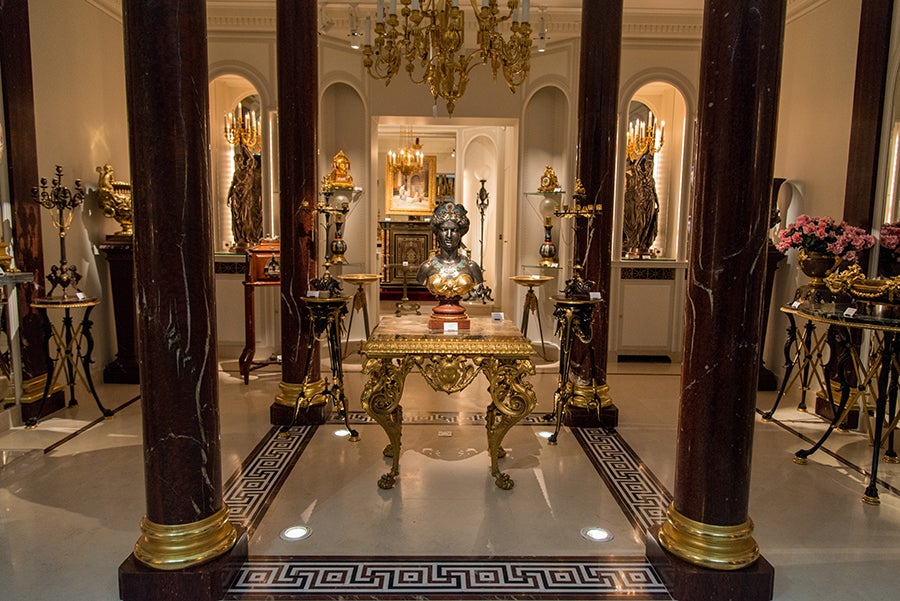
About the Seller
4.9
Vetted Seller
These experienced sellers undergo a comprehensive evaluation by our team of in-house experts.
Established in 1997
1stDibs seller since 2018
73 sales on 1stDibs
Associations
International Confederation of Art and Antique Dealers' Associations
More From This SellerView All
- Centerpiece "The Naiad", attributed to G. Denière, France, circa 1870By Guillaume DenièreLocated in PARIS, FRExceptional centerpiece in silvered and gilded bronze, composed of a naiad riding a dolphin, supporting a chiseled shell decorated with reeds, adorned with the head of a river god on its bow and on which a winged love blows in a conch. The whole rests on a pedestal decorated with dolphin heads and cut-out leathers, ending with a porphyry base with molded steps. Historical and artistic context Centers and naves of tables are attested in France from the Middle Ages in order to present spices and other condiments brought from distant lands around the Mediterranean or from the trade of the Silk Roads. The importance of their presence on prestigious tables will be confirmed throughout the decorative arts, evolving during the 19th century in centerpieces, becoming a central element of decoration. Here we find a true virtuosity in the composition and representation of the human figure which is reminiscent of the greatest artists of the Italian Renaissance. Indeed, the fluidity of the lines of the naiad can be compared to the nymph of Fontainebleau by Benvenuto Cellini preserved at the Louvre museum and dated 1545, while the naturalist representation of the marine setting refers to the work of Wenzel Jamnitzer...Category
Antique 1870s French Renaissance Revival Centerpieces
MaterialsMarble, Bronze
- Cut-Crystal Centerpiece Attributed to Baccarat, France, Circa 1870By BaccaratLocated in PARIS, FRElegant centerpiece attributed to Baccarat, composed of an oval cut-crystal cup and two circular cut-crystal cups decorated with stylized palmettes on a grid background, resting on a...Category
Antique 1870s French Napoleon III Centerpieces
MaterialsCrystal, Bronze
$10,715 Sale Price / set40% Off - Japanese Style Tray Attributed to L.-C. Sevin & F. Barbedienne, France, c. 1860By Ferdinand Barbedienne, Louis-Constant SevinLocated in PARIS, FRRich landscape in cloisonné enamel on blue and brown background imitating Aventurine stone, attributed to L.C. Sevin and F. Barbedienne. The decor represents a river surrounded by wi...Category
Antique 1860s French Japonisme Centerpieces
MaterialsEnamel, Bronze
- Rare Rock Crystal Chandelier Attributed to L. Messagé, France, circa 1890Located in PARIS, FRExceptional ormolu and rock crystal twenty-four-light chandelier attributed to L. Messagé. Made of cage form, the central stem cast with bulrush and a fruit-filled vase, issuing twen...Category
Antique 1890s French Louis XV Chandeliers and Pendants
MaterialsRock Crystal, Bronze
- Rare Center Table Attributed to A.E. Beurdeley, France, Circa 1880By Alfred Emmanuel Louis BeurdeleyLocated in PARIS, FRCenter table made exclusively in richly carved wood and attributed to A.E. Beurdeley ; with a fine pierced belt ornamented with laurel branches. Raised on four legs joined by a stret...Category
Antique 1880s French Tables
MaterialsGriotte Marble
$12,555 Sale Price37% Off - Rare Neo-Pompeian Salon Suite Attributed to J-P Mazaroz, France, Circa 1860Located in PARIS, FRNeo-Pompeian salon attributed to Paul Mazaroz, composed of two armchairs, two chairs and a wooden mirror embellished with a gilded decor on a black lacquered background. A patinated ...Category
Antique 1860s French Living Room Sets
MaterialsBronze
$13,015 Sale Price / set35% Off
You May Also Like
- Saint Louis French Crystal Nef CenterpieceBy Saint LouisLocated in New Orleans, LACrafted by the oldest and most respected crystal manufacturer in Europe and believed to have been exhibited at the 1889 Exposition Universelle in Paris, this incredible nef by Saint Louis Crystal is as exquisite as it is unique. The framework of the vessel is hand-wrought in exquisite doré bronze boasting chased details along the hull that resemble wood grain. Sumptuously etched Greek motifs surround the crystal bowl which serves as the body of the ship, while the mast suspends an etched crystal globe and a wind-swept doré bronze flag...Category
Antique 19th Century French Other Centerpieces
MaterialsCrystal, Bronze
- Saint Louis "Tommy" Hand-Cut Crystal Bowl, France, 2022By Saint LouisLocated in Cagliari, ITFrom its star-shaped base to the sparkling glints of the diamond, bevel, pearl and rim cuts, Tommy stands as a timeless collection since 1928. Its straight lines have afforded elegan...Category
2010s French International Style Serving Bowls
MaterialsCrystal
- Murano Centerpiece Bowl Attributed to SegusoBy Archimede SegusoLocated in New York, NYGreat quality Murano Art Glass bowl, attributed to Seguso. Perfect condition, heavy clear body with purple stripe. Substantial and impressive centerpiece bowl.Category
Vintage 1950s Italian Mid-Century Modern Centerpieces
MaterialsArt Glass
- Murano, Italian, Attributed to, Seguso, 1930By Barovier Seguso & FerroLocated in Ciudad Autónoma Buenos Aires, CMurano We have specialized in the sale of Art Deco and Art Nouveau and Vintage styles since 1982. If you have any questions we are at your disposal. Pushing the button that reads 'View All From Seller'. And you can see more objects to the style for sale. The history of "Seguso Vetri D' Arte" is directly linked to the "Vetreria Artistica Barovier" company. When the Barovier workshop was forced to reduce production in 1929, due to a financial crisis in America, the original group of ten partners had to separate and Antonio Seguso in 1931, assisted by his sons Ernesto and Archimede opened a small workshop of his own. They were joined by Luigi Olimpio Ferro and Napoleone Barovier the following year. Together the craftsmen establish the "Artistica Soffieria e Vetreria Barovier Seguso & Ferro" company as equal partners. In 1934 Flavio Poli joins the firm as artistic director and within only a brief period of time a distinct style of designs emerged. The close collaboration between Flavio Poli, Archimede Seguso and Alfredo Barbini played an important part in the success of the company. New glass techniques are developed which include never before seen color applications. The companies innovative designs constantly received awards and during the 1935 World Fair in Brussels and the 1936 Milan Triennale they did attract the interest of a new group of clientele. One of them is the French wholesale company "Veronese" from Paris which would play a defining role in the history of the company. The demand for an increase in production requires additional investments and the partners felt that there is a need to multiply their investment tenfold. Luigi Olimpio Ferro subsequently decided to withdraw from the company and his shares are acquired by Flavio Poli, which makes him a full partner. As a result, the company name is changed to Seguso Vetri D’ Arte and it is officially recognized in 1937. A period of great success and prosperity ensues, lasting until the outbreak of World War II. The post war period is a time of great change in Europe and the rebuilding of the economical structure in Italy requires major investments which result in the introduction of new import duties and taxes. To safeguard the copyright of the Seguso Vetri D'Arte designs an application for a second entry into the commercial registers of Venice is made by the partners in 1945. Strict export regulations curb international business relations for many years after the war and the company decides to focus on the domestic market instead. In 1946 a large retail location is opened at the Piazza Diaz in Milan where in addition to the art glass, German porcelain and Italian pottery is offered. In 1950 Flavio Poli develops a new sommerso glass technique, which consists of an overlaying of transparent layers of glass. The overlapping creates new shades of color which prior to the introduction of this technique had not been seen. Flavio Poli's most iconic design is the "Valve", which resembles an upright, slightly opened clam shell. The design was introduced in 1951. Mario Pinzoni joins the company in 1953 as a personal assistant to Flavio Poli and his responsibilities as a draftsman included the compilation of archival and the existing production drawing s...Category
Vintage 1930s Italian Art Deco Ashtrays
MaterialsMurano Glass
- French 19th Century Louis XVI St. Ormolu Centerpiece Attributed to Henry DassonBy Henry DassonLocated in West Palm Beach, FLA stunning and extremely high quality French 19th century Louis XVI st. ormolu centerpiece attributed to Henry Dasson. The centerpiece is raised by an exceptional and most decorative...Category
Antique 19th Century French Louis XVI Centerpieces
MaterialsOrmolu
- Ducks Murano, 1940, Italian, Attributed to Seguso, BarovierBy Barovier Seguso & FerroLocated in Ciudad Autónoma Buenos Aires, CMurano with gold We have specialized in the sale of Art Deco and Art Nouveau and Vintage styles since 1982. If you have any questions we are at your disposal. Pushing the button that reads 'View All From Seller'. And you can see more objects to the style for sale. Attributed to Seguso - Barovier We have specialized in the sale of Art Deco and Art Nouveau and Vintage styles since 1982. If you have any questions we are at your disposal. The history of "Seguso Vetri D' Arte" is directly linked to the "Vetreria Artistica Barovier" company. When the Barovier workshop was forced to reduce production in 1929, due to a financial crisis in America, the original group of ten partners had to separate and Antonio Seguso in 1931, assisted by his sons Ernesto and Archimede opened a small workshop of his own. They were joined by Luigi Olimpio Ferro and Napoleone Barovier the following year. Together the craftsmen establish the "Artistica Soffieria e Vetreria Barovier Seguso & Ferro" company as equal partners. In 1934 Flavio Poli joins the firm as artistic director and within only a brief period of time a distinct style of designs emerged. The close collaboration between Flavio Poli, Archimede Seguso and Alfredo Barbini played an important part in the success of the company. New glass techniques are developed which include never before seen color applications. The companies innovative designs constantly received awards and during the 1935 World Fair in Brussels and the 1936 Milan Triennale they did attract the interest of a new group of clientele. One of them is the French wholesale company "Veronese" from Paris which would play a defining role in the history of the company. The demand for an increase in production requires additional investments and the partners felt that there is a need to multiply their investment tenfold. Luigi Olimpio Ferro subsequently decided to withdraw from the company and his shares are acquired by Flavio Poli, which makes him a full partner. As a result, the company name is changed to Seguso Vetri D’ Arte and it is officially recognized in 1937. A period of great success and prosperity ensues, lasting until the outbreak of World War II. The post war period is a time of great change in Europe and the rebuilding of the economical structure in Italy requires major investments which result in the introduction of new import duties and taxes. To safeguard the copyright of the Seguso Vetri D'Arte designs an application for a second entry into the commercial registers of Venice is made by the partners in 1945. Strict export regulations curb international business relations for many years after the war and the company decides to focus on the domestic market instead. In 1946 a large retail location is opened at the Piazza Diaz in Milan where in addition to the art glass, German porcelain and Italian pottery is offered. In 1950 Flavio Poli develops a new sommerso glass technique, which consists of an overlaying of transparent layers of glass. The overlapping creates new shades of color which prior to the introduction of this technique had not been seen. Flavio Poli's most iconic design is the "Valve", which resembles an upright, slightly opened clam shell. The design was introduced in 1951. Mario Pinzoni joins the company in 1953 as a personal assistant to Flavio Poli and his responsibilities as a draftsman included the compilation of archival and the existing production drawing s...Category
Vintage 1940s Italian Art Deco Centerpieces
MaterialsGold

